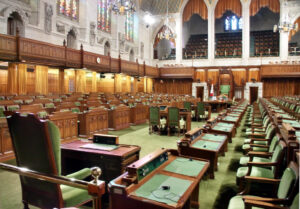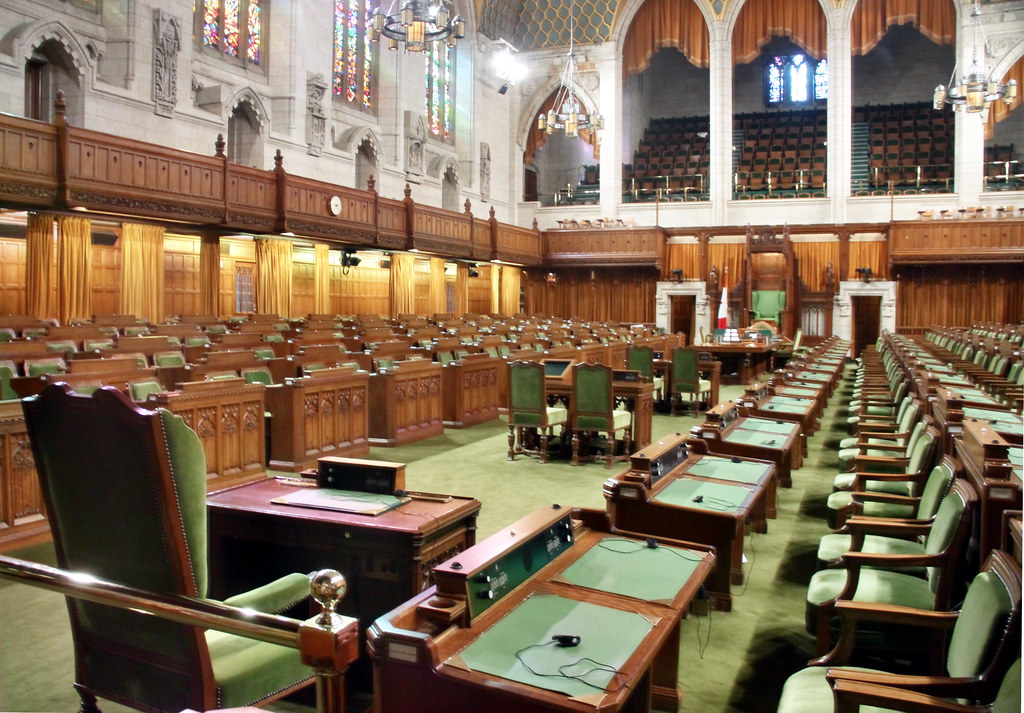Negotiation continues between Liberals and Ndp

TORONTO – An external support of the NDP to Justin Trudeau that guarantees the survival of the government for at least two to three years. It is on this possible outcome that the Liberals and Neo-Democrats are working exactly two weeks after the first session of the federal parliament since the last elections on 20 September. Yesterday the respective parliamentary groups met for the first time and behind closed doors the pros and cons of the potential agreement between the forces of the Canadian center-left were examined.
But let’s take a step back. The Liberal Party won the last round of elections, winning the relative majority of available seats – 157 deputies compared to 155 in the last legislature – but lacking the goal of reaching 170 and therefore an absolute majority. As a result, as happened after the 2019 vote, the Liberal government will be forced to navigate on sight, trying to get the support of an opposition party for every single measure. This situation, of course, presents obvious criticalities, as the prime minister in office remains hostage to the moods of the opposition, which can at any time decide to pull the plug.
Given that a similar scenario has been repeated in this legislature, the idea was born to try to give stability to the government action with a possible external support of the party led by Jagmeet Singh: it would not be a coalition government – with the organic participation, that is, of neo-democratic exponents in the executive – but of an organic support from the NDP, in exchange, of course, for the inclusion of some measures requested by Singh himself in the government agenda of the coming months.
The result would therefore be an agreement that would cover the next two to three years, but not extended to the last part of the legislature. The negotiation, however, is still in its embryonic phase. In fact, it remains to be seen whether the prime minister really agrees to sign an agreement with the neo-democratic leader with a final result that would not differ much from that achievable without the external support of Ndippino. In fact, we must consider that at this stage no one has too much desire to return to the polls.
The NDP, in fact, comes out of the last elections considerably weakened: not so much from the numerical point of view – it goes from 25 to 24 deputies compared to the last legislature – as in Singh’s ambitious plan to become the greatest force of Canadian progressivism.
The neo-democratic leader did not break through at the polls and even within the party there is discontent with the disappointing results of September 20. How would the electorate make a deal with Trudeau? It is a legitimate question that brings with it clouds on the horizon. Similarly, conservatives are not attracted by the possibility of a close return to the polls. With Erin O’Toole’s leadership increasingly shaky, with a slice of the caucus facing the leader, and with a divided base, the party will need time to reorganize.
That said, another two years of liberal government are secured even without the external support of the NDP. In any case, the under-the-table negotiation continues: we will see if an agreement is reached or if the liberals go ahead on their own.



